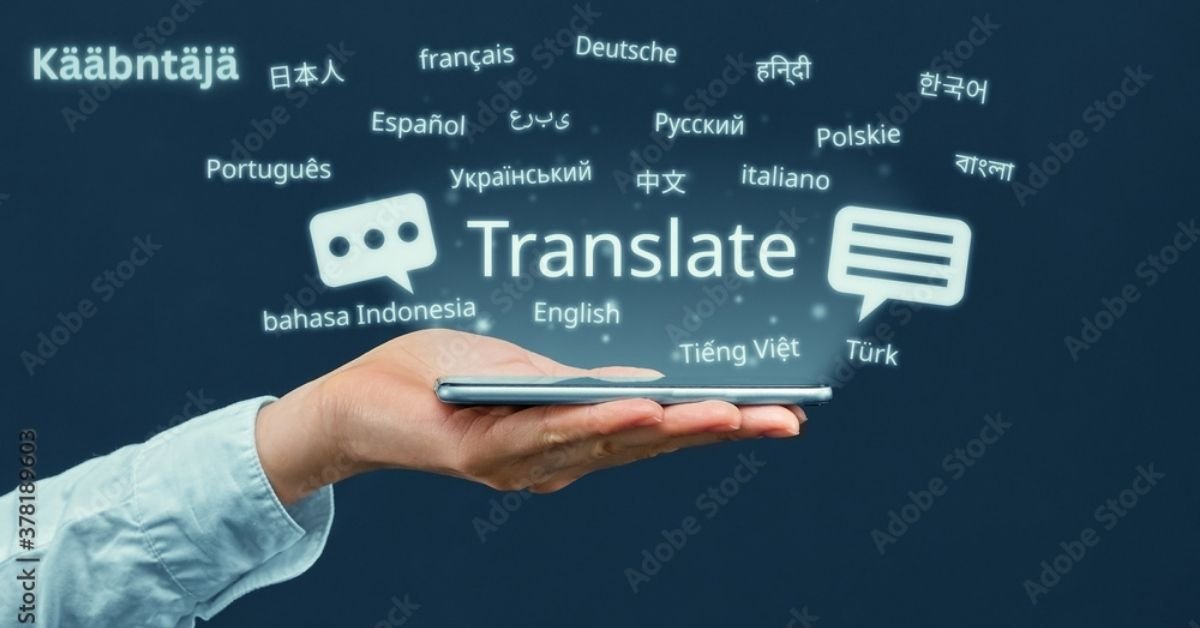
Kääbntäjä: Unveiling the Magic of Transformation Through Language
Introduction
Breaking down Kääntäjä into two familiar letters reveals its meaning, even though it appears unfamiliar at first glance. And the word means translator and the tool in question is a translator. It is not merely a translation. The Finnish word “Kääbntäjä” to English but is much closer to the concept of transformation. As the person who builds the connections between the two worlds based on the language barrier. In this article, the author narrows the focus onto the term Kääbntäjä but examines. Its various aspects as well as its relation to translation history, translation as an art. And the influence of translation on cross-cultural communication.
A Word Steeped in History: The Origins of Kääbntäjä
The Finnish language, spoken by over 5 million people in Finland, offers the word kääntäjä. This word, literally meaning “to turn” or “to twist,” clearly reflects the act of translation from one language (source) to another (target).
Translation as such has a long history, but the term of translation itself originated many centuries ago. Scribes and interpreters in Mesopotamia and Egypt served to act as intermediaries between various peoples due to cultural differences. The grand network of Silk Road trade routes not only promoted cultural exchange and education but also made translation even more necessary during the Middle Ages.
Evolution of Translation Practices
Over time, practitioners of translation have adapted to what new tech and the global sphere offers them. If one uses the early methods the translations were purely literal at times, it was word for word and so it does not make much sense. Gradually growing interest of translators for the crucial role of language nuances lead to the situation where translators concentrated not only on a direct meaning of the words but their effect and the cultural background.
The Rise of Machine Translation
In the 20th century, the development of its technology led to a new method of translation, involving the use of machines or computers. Despite the advancements observed in MT, they fail to convey the jokes, language nuances, or even cultural slang. It is important to point out that human translators will always be valued for providing accurate and culturally sensitive translations in certain scenarios.
The Art of Kääbntäjä: Beyond Word Substitution
A skilled kääntäjä demonstrates more than just replacing words from one language to another. It’s a craft that requires the translator to possess a profound knowledge of both the original language and the target language for successful execution. As a result, a Kääbntäjä who specialized in the translation of legal material should always have certain characteristics, which include language proficiency as well as cultural sensitivity and understanding and also the capability of recreating the original piece of text.
Key Skills of a Kääbntäjä
- Linguistic Expertise: A thorough understanding of grammar, syntax, and vocabulary in both the source and target languages is crucial.
- Cultural Awareness: Sensitivity to cultural nuances, idioms, and references ensures the translated message resonates with the target audience.
- Research Skills: Ability to research specific subject areas and terminology necessary for accurate translations in technical fields.
- Writing Skills: The ability to write clear, concise, and engaging text in the target language is essential for a successful translation.
The Challenge of Ambiguity
Lack of clarity is one of the most serious concerns as it relates to Kääbntäjä. Translators should know that, in most cases, a language has many features expressing the same concept in the target language, so that it is essential to find the most suitable expression for the target culture. Also when translating words can have more meanings and the translator should certainly comprehend the implied meaning in the source text.
The Power of Kääbntäjä: Bridging Cultures and Communication Gaps
The work of Kääbntäjä plays a vital role in our interconnected world. Here are some key areas where translation serves as a powerful bridge:
- Global Business: Effective communication is crucial for international trade and collaboration. Kääbntäjä ensures contracts, agreements, and marketing materials are accurately and culturally-sensitive translated.
- Scientific Advancement: Sharing scientific research and discoveries across languages is essential for scientific progress. Skilled translators facilitate international collaboration and advancement in various fields.
- Literary and Artistic Expression: Kääbntäjä allows people to experience literature, poetry, and films from different cultures, fostering empathy and understanding.
- Diplomacy and International Relations: Accurate and nuanced translation is critical in diplomatic negotiations and international agreements to avoid misunderstandings.
The Ethical Considerations
However, when it comes to translation, which is important in the interplay of information across different cultures, there are ethical issues that need to be considered. For translators, they have to stick with the meaning conveyed by the original work and cannot cloud it with personal prejudices. Also, they are subjected to some conditions like censorship, political agendas which may affect translation.
Kääbntäjä and the Future: Technological Advancements and Human Expertise
As technology continues to evolve, so too will the field of translation. Machine translation is likely to become more sophisticated, handling more complex tasks. However, the human element of Kääbntäjä will remain irreplaceable.
The Importance of Human Expertise
Unfortunately, some things cannot be computerized. Such as the comprehension of cultures the context and even the tone of even a single text. With a fresh base Kääbntäjä will maintain and expand. The significance of properly and sensitively translated texts especially. When it comes to legal documents literature as well as creativity.
Conclusion
Kääbntäjä means translator primarily but it signifies more than this activity of direct interchange. Languages are actually divided expressly between cultures and translating is a practice that Equalizes these divides. To enable international commerce, empower artists, and create accessibility and equity … Kääbntäjä is an indispensable essential in our modern interconnected world.
Prospective for further improvement is also attributed to the technological augmented efficiency in translation involving machines. However, the aspect of ‘the human involved’ including the term, Kääbntäjä, will persist to be indispensable. One of the privileges is to fulfill such work, bearing in mind gestures, focusing on the peculiarities of the text.


